I’m thrilled to share my knowledge and insights about a topic I’m deeply passionate about—bamboo as a fabric. In our journey to live more sustainably and make choices that are kind to our planet, it’s crucial to explore alternatives that align with our values.
Bamboo fabric is gaining immense popularity, and I’m here to delve into why it’s making waves in the sustainability sphere.
Bamboo fabric is not just another textile; it’s a versatile and eco-friendly alternative with diverse applications, from clothing to home textiles. In this blog, I’ll be exploring the ins and outs of bamboo fabric clothes, its production process, and its unique characteristics.
We’ll be addressing key questions like, “What makes bamboo fabric stand out?” and “Is bamboo fabric truly sustainable?”
I’ll be shedding light on the different types of bamboo fabrics, such as bamboo rayon and bamboo linen, and how they compare to other textiles. We’ll also discuss the properties of bamboo fiber and why it’s becoming a preferred choice for those seeking sustainable options.
So, if you’ve been curious about bamboo fabrics and are eager to deepen your understanding of sustainable textiles, you’re in for a treat!
Let’s embark on this enlightening journey together and explore the world of bamboo as a fabric.
What is Bamboo Fabric?
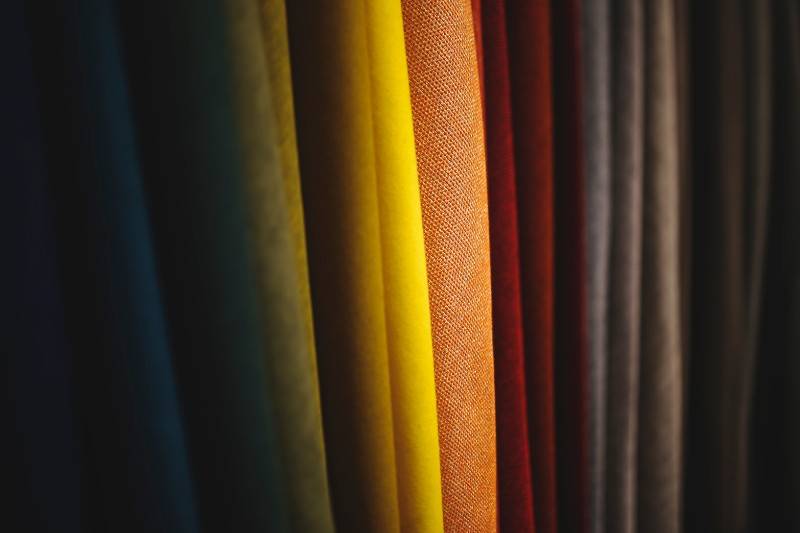
Bamboo fabric, a term you might have come across while exploring sustainable textiles, is intriguing and holds immense potential in our quest for eco-friendly living.
But what exactly is bamboo fabric?
Bamboo fabric originates from the pulp of the bamboo plant. It’s a natural textile made from the pulp of bamboo grass. The first thing I noticed when I came across bamboo fabric was its soft texture and luxurious appearance, somewhat akin to silk, making it a sought-after material in the industry.
Historically, the use of bamboo as a fabric can be traced back centuries, with ancient Chinese civilizations recognizing its versatility and durability. It’s fascinating to see how the transformation of bamboo into fabric has evolved over the years, offering us a range of options like bamboo viscose fabric, bamboo cotton fabric, and bamboo rayon fabric.
The properties of this fabric are noteworthy.
It’s hypoallergenic, breathable, and has moisture-wicking capabilities, making bamboo fabric clothing a comfortable choice for those with sensitive skin or those living in warmer climates. Whether it’s bamboo jersey fabric or bamboo spandex fabric, each type has its unique characteristics catering to different needs.
Exploring the diverse range, like bamboo print fabric and bamboo fabric by the yard, it’s evident that there’s a type of bamboo fabric suited for every need. The transformation of bamboo pulp into fibers that are subsequently woven into fabric is a meticulous process, resulting in fabric from bamboo that’s available in multiple forms.
How is Bamboo Fabric Made?
To truly appreciate the innovation behind the fabric, it’s essential to delve deeper into the meticulous process of its creation.
You need to know about the harvesting stage and different manufacturing processes and their impact on the environment.
Harvesting Bamboo: A Sustainable Beginning
Bamboo, renowned for being one of the fastest-growing plants on the planet, can fully mature in a mere 3 to 5 years, compared to cotton, which can take up to 7 years.
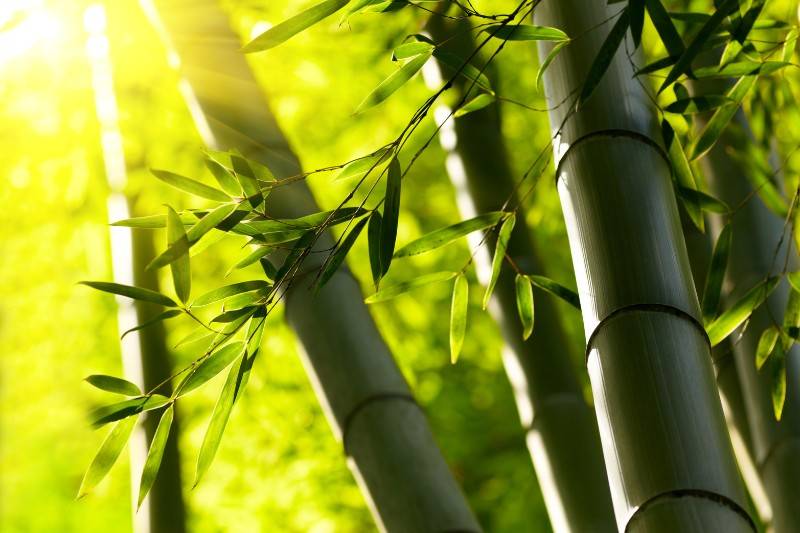
Another critical thing is that bamboo can thrive without pesticides or harmful chemicals.
Sustainable harvesting is pivotal, ensuring the preservation of bamboo’s natural and beneficial properties and its status as an environmentally friendly resource.
Mechanical Processing: Retaining Bamboo’s Essence
Closed-Loop Production Process
In the mechanical process, a closed-loop production is often employed to retain bamboo’s antibacterial and highly breathable properties. This method involves crushing the bamboo plants and utilizing natural enzymes to break the bamboo cellulose into a soft mass.
The fibers are then combed out and spun into yarn, maintaining the integrity of the bamboo’s beneficial properties.
Chemical Processing: A Double-Edged Sword
The Role of Toxic Chemicals
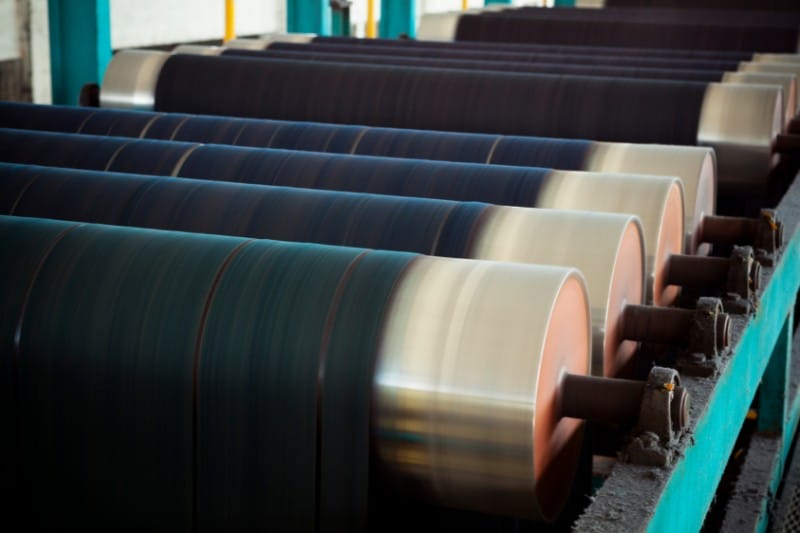
The chemical process, predominantly used to produce bamboo viscose, involves transforming bamboo cellulose into viscose rayon, a semi-synthetic substance. This method, while enabling the creation of fabrics with high thread counts and a silky texture.
This chemical processing involves the use of caustic soda and carbon disulfide. These are highly toxic chemicals that pose significant environmental concerns.
The Creation of Diverse Bamboo Textiles
Once processed, the bamboo fibers are woven into various textiles. Each serves different applications within the fashion and textile industry.
Whether it’s bamboo viscose fabric used in luxurious clothing or bamboo cotton fabric crafted into soft sheets, the versatility of bamboo textiles is boundless.
The Environmental Implications of Manufacturing Processes
Understanding the manufacturing processes of bamboo fabrics is crucial, as it sheds light on the environmental implications of each method.
The mechanically processed bamboo is considered organic and environmentally friendly.
On the other hand, the chemical process, especially when not in a closed-loop system, can release environmentally harmful substances.
Types of Bamboo Fabric
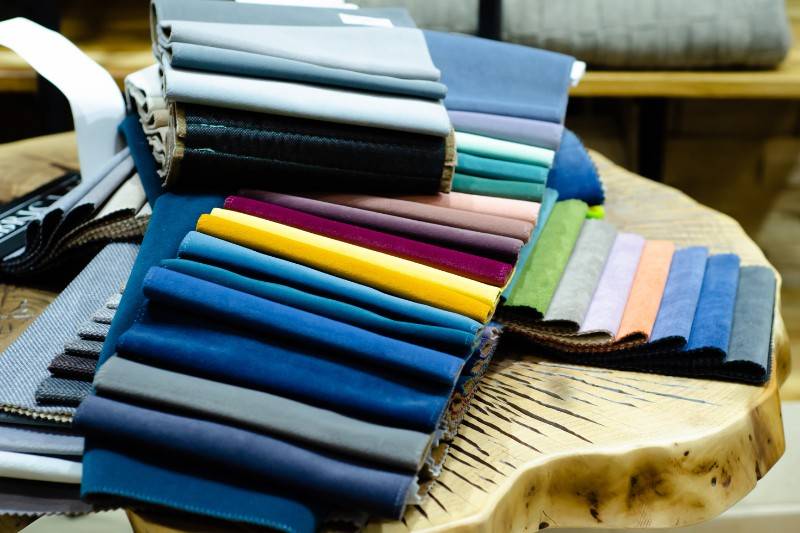
In our exploration of bamboo as a fabric, understanding the different types available in the market is crucial.
Each type of bamboo fabric has its unique characteristics, production processes, and applications, catering to diverse needs and preferences.
1. Bamboo Viscose: The Common Choice
Bamboo viscose, or bamboo rayon as it’s also known, is the most prevalent type of bamboo fabric.
It originates from the cellulose of the plant. The process involves extracting cellulose, converting it into bamboo chips, and then soaking them until they transform into pulp.
The viscose rayon process then spins this pulp into threads, which are woven into genuine bamboo fabric. Bamboo viscose is renowned for its softness and durability, making it a popular choice in the textile industry.
2. Lyocell Bamboo: A Unique Composition
Lyocell bamboo fabric is produced similarly to bamboo viscose, but with a key difference— the cellulose maintains its chemical composition throughout the manufacturing process.
This unique characteristic, however, comes with a trade-off. Lyocell fabrics possess low thermal stability, making them susceptible to damage from constant exposure to UV and sunlight. This means that, in terms of longevity and washability, bamboo viscose tends to outperform lyocell bamboo.
3. Fine Bamboo: Labor-Intensive Production
Fine bamboo, also referred to as bamboo fiber or sometimes called bamboo linen, is another variant of bamboo fabric.
The production of this textile is labor-intensive and time-consuming, involving the physical breakdown of bamboo into a pulp.
Compared to its counterparts, fine bamboo tends to be more coarse and less comfortable, but it offers a different texture and feel that might be preferred in certain applications.
4. Organic Bamboo Rayon: A Sustainable Alternative
For those seeking more sustainable options, some manufacturers offer organic bamboo rayon, a variant of bamboo viscose produced with environmental considerations in mind.
This type of bamboo fabric maintains the softness and durability of traditional bamboo viscose while adhering to eco-friendly production standards.
Understanding the distinct types of bamboo fiber—each with its unique properties and production processes—enables us to make informed choices that align with our preferences and values.
Whether it’s the soft and durable bamboo viscose or the unique composition of lyocell bamboo, there is a type of bamboo fabric suited to meet diverse needs in the world of sustainable textiles.
Is Bamboo Fabric Sustainable?
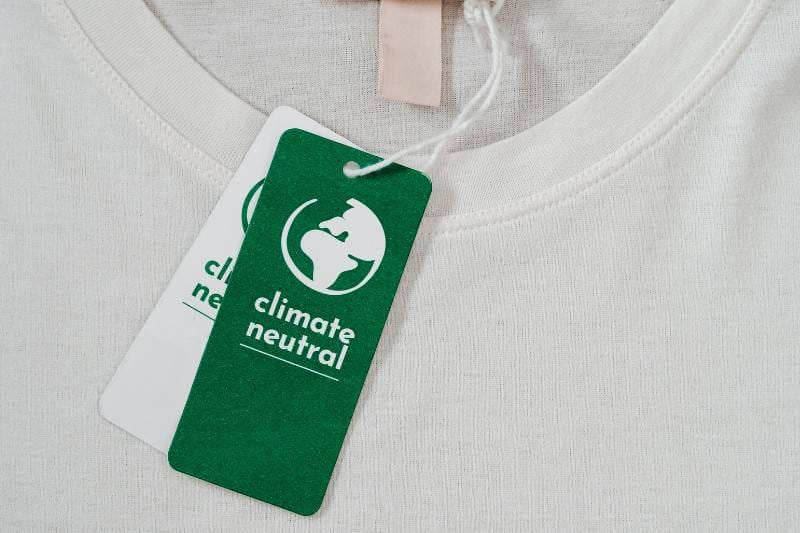
When it comes to sustainability, bamboo fabric is often lauded for its eco-friendly properties. But a closer look at its production process reveals a more complex picture.
The plant itself has a rapid growth rate, requires minimal land, water, and no pesticides, making it a more sustainable option compared to traditional textile crops like cotton.
However, the transformation of bamboo into fabric raises significant environmental concerns.
The Manufacturing Dilemma
Most bamboo fabrics, particularly rayon, undergo a manufacturing process that is far from eco-friendly. This process is intensive in energy and chemical usage, converting bamboo into a semi-synthetic fabric.
Shockingly, according to the FTC, there’s no actual bamboo left in the final product!
The chemicals involved are not only detrimental to our environment, polluting our air and waterways, but are also toxic to the workers, causing severe health complications such as chemical burns and nerve damage.
Closed-Loop Rayon: A Step Towards Sustainability
There’s hope, though.
Closed-loop rayon is better—it’s made like Lyocell.
It reuses any toxic chemicals, preventing them from harming the environment. They don’t harm the environment.
Many companies adopting this method are also replacing toxic chemicals with natural or at least non-toxic enzymes to break down the bamboo, making strides toward unraveling unsustainable bamboo practices.
How to Choose Sustainable Bamboo Fabric
Want truly sustainable bamboo fabric?
Avoid bamboo rayon (or viscose) and look for lyocell-type bamboo fabric.
Also, try to look for certifications. I’m talking about Fair Trade certifications which ensure treatment of workers. At the same time, you should prefer bamboo grown organically and in responsibly managed forests (look for the FSC certification).
Plus, you need to make sure the chemicals used in production are recycled and certified non-toxic (look for Oeko-Tex Standard 100 certification).
Sustainability Comparison: Bamboo Fiber vs. Cotton
| Criteria | Bamboo | Cotton |
|---|---|---|
| Growth Rate | Fast (3-5 years) | Slow (7 years) |
| Land Use | Little | A lot |
| Water Use | Low | High |
| Pesticide Use | None | Extensive |
| Production Impact | High (unless closed-loop) | High |
Properties of Bamboo Fabric

The fabric is renowned for its distinctive properties, making it a preferred choice for many who seek comfort and sustainability in their clothing and textiles.
Let’s delve deeper into the inherent properties of bamboo fabric and understand why it stands out.
Is Bamboo Fabric Breathable?
Absolutely, one of the standout properties of bamboo fabric is its breathability. The unique structure of bamboo fibers allows for excellent air permeability, ensuring air can circulate efficiently. This breathability is a boon, especially in hot climates or during physical activities.
It reduces the accumulation of moisture and keeps the skin cool and comfortable, making bamboo fabric a go-to for activewear and summer clothing.
Does Bamboo Fabric Shrink?
Like many natural fabrics, bamboo fabric does have a tendency to shrink. It’s comparable to organic cotton in terms of shrinkage rate.
However, proper care can significantly reduce the risk of shrinkage.
It’s recommended to wash bamboo fabric in cold water and avoid high-temperature settings while drying. Following these care instructions will help maintain the integrity and longevity of the fabric, preserving its natural characteristics and comfort.
Utilizing mild detergents and avoiding bleach are recommended, as is drying on a low heat setting or allowing it to air dry. Adhering to these care guidelines ensures the longevity of bamboo fabric items, allowing users to enjoy the benefits of bamboo fabric for extended periods.
Is Bamboo Fabric Toxic?
When we talk about bamboo fibers, we often praise its sustainability and comfort. But, there’s a side to it that needs addressing.
Is bamboo fabric toxic?
Bamboo fabric’s production can be concerning, especially bamboo rayon.
It’s made using harmful chemicals like caustic soda and carbon disulfide are used. These chemicals can harm the environment.
Not only do they pollute air and water, but also they’re dangerous to workers. Workers may see health issues like nerve damage and chemical burns.
Conclusion
Bamboo fabric is a marvel in the textile world, offering breathability, comfort, and antibacterial properties.
Originating from the fast-growing, eco-friendly bamboo plant, it stands as a symbol of sustainability. However, the journey from plant to fabric raises concerns, with processes that can be harmful to both humans and the environment. It’s a reminder to us to tread carefully, to seek out responsibly produced bamboo fabrics, and to make choices that align with our values.
In doing so, we harness the potential of bamboo fabric to be a true revolution in sustainable textiles.

